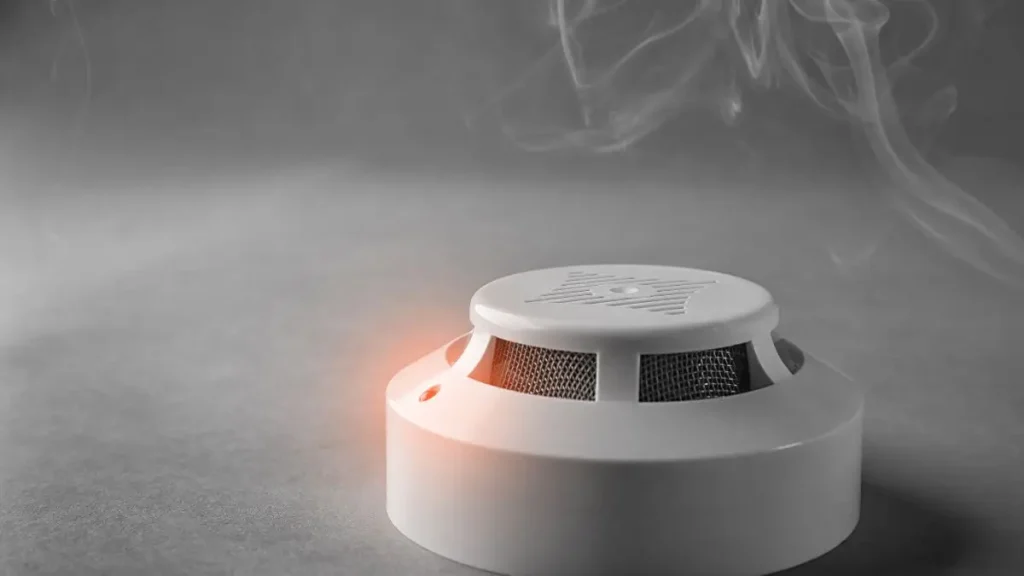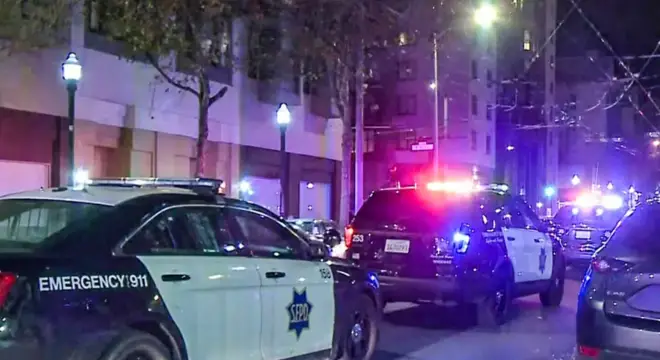Alaska Home Fire Victims: One Dead, One Recovering
I was scrolling through local updates when one headline stopped me cold — a deadly house fire right here in Eagle River. One person gone, another in the hospital, and all of it happened in the middle of the afternoon, near Skyline Drive and Roseberry Park Drive.
If you’ve ever driven past that area, you know it’s quiet, tucked away from the bustle of Anchorage. It’s the last place you’d picture fire trucks rushing in from multiple stations, hauling water because there’s no hydrant nearby. Yet that’s exactly what happened on Monday.
What gets me is how quickly life can turn upside down. One person barely made it out through a window. Another never made it at all. And while investigators are still digging through the ashes, one thing is already clear — this is the kind of tragedy that forces you to look around your own home and ask, “Would we be ready if it happened here?”
So before you scroll past another fire story, stick with me for a moment. This one isn’t just about what happened — it’s about what it means for you, right now.
How It All Unfolded?
It started with a desperate 911 call at 3:01 p.m. — one person had escaped the burning home and was pleading for help because another was trying to crawl out of a window, and a third was still trapped inside.
Crews from multiple Anchorage fire stations raced toward the intersection of Skyline Drive and Roseberry Park Drive. According to Alaska’s News Source, the smoke and heat were intense, made worse by the lack of a nearby hydrant. Firefighters had to haul water in from tanker trucks just to keep fighting.
Three hours later, the fire was still smoldering. I can only imagine what it must have felt like for neighbors watching it all from their driveways — helpless, knowing someone inside wasn’t coming out.
Why This Fire Was So Difficult to Fight
I read the Anchorage Fire Department’s own update on Facebook, and the picture it paints is rough. No hydrant meant precious minutes lost. The home’s location and layout made it harder to reach the flames, and the fire just wouldn’t die — even after the first knockdown, it kept flaring back to life.
You and I often assume firefighters just “show up and put it out,” but in rural pockets of Alaska, the logistics are brutal. Imagine dragging heavy hose lines across uneven ground while your water supply comes in truckloads instead of a constant stream. That’s the reality they faced here.
The Human Cost
Inside that home, one person didn’t make it out alive. Another, the one who escaped through the window, is now in the hospital.
The third survivor — the one who called 911 — is left with the kind of memory you can’t shake off.
It’s easy to read these numbers as just “one dead, one hurt.” But when you slow down and picture it, you realize these aren’t just statistics — they’re someone’s parent, sibling, neighbor.
The loss ripples out into the community, leaving friends and family trying to process how fast it all happened.
Similar challenges cropped up in a recent Great Falls house fire, where quick action and a bit of luck meant everyone made it out safely — but not without a fight against the flames.
A Broken Smoke Detector — The Silent Failure

Preliminary findings show there was just one smoke detector in the entire home — and it wasn’t working. Let that sink in for a second.
I’m not here to preach, but I will say this: a $20 device can literally be the reason you and your family wake up in time. The National Fire Protection Association says working smoke alarms cut the risk of dying in a home fire by about half.
That’s not just a statistic; that’s a second chance you’ll never get if the detector is silent when you need it.
When was the last time you tested yours? If you’re hesitating, that’s your answer.
I saw the same heartbreak in the Borrego Springs fire earlier this year — an entire home lost, and a community left to pick up the pieces.
The Escape Plan You Haven’t Practiced Yet
After the fire, Anchorage Fire Department’s Megan Peters made a point I can’t stop thinking about: “How are you going to get out if there’s a fire? Where are you going to meet up?”
Here’s the thing — you and I might think we’d know what to do, but unless we’ve walked through it, under stress, in real time, we’re just guessing. You need at least two exit routes from every room, a safe meeting spot outside, and someone in the family assigned to call 911.
I know it feels awkward to practice, but so does imagining the alternative. Tonight, grab the people you live with and actually try it. Set a timer, run the drill, and see how long it takes to get everyone out. That five minutes might be the most important thing you do all year.
I keep a close eye on local safety alerts and real incidents, so I can share lessons you can actually use. If you like getting timely safety updates straight to your phone, you can join this fire safety alert feed on WhatsApp — it’s quick and free.
Alaska’s Rural Fire Realities
If you’ve lived here for a while, you know Alaska isn’t like the Lower 48 when it comes to fire response. Many neighborhoods — even just outside Anchorage — don’t have hydrants. That means when a house catches fire, crews have to haul water in on tanker trucks.
Now, you might think, “That’s their problem, not mine.” But here’s the truth — it is your problem if you live in a similar area. The extra minutes it takes to bring water can be the difference between saving your home and losing everything.
Knowing your risk means you can prepare better — like making sure you’ve got multiple alarms, cleared exits, and a plan you’ve actually tested.
In one Utah house fire incident, a working alarm might have saved a woman from severe burns — a reminder that these devices aren’t optional.
Preventing the Next Tragedy

We can’t change what happened in Eagle River, but we can learn from it. Here’s what I do at my place — and what you can do tonight:
- Check every smoke alarm in your home and replace batteries if they’re older than six months.
- Clear the exits. Don’t let boxes, furniture, or clutter block your escape.
- Assign roles. Who calls 911? Who helps kids or pets?
- Have a secondary exit. Especially if you sleep upstairs — a fire escape ladder can be a lifesaver.
It’s not about living in fear. It’s about stacking the odds in your favor before you need them.
I’m curious — do you already have an escape plan in place at home? Drop your answer in the comments, even if it’s a simple “yes” or “no.” You might inspire someone else to get started.
What Happens Next in This Case
Right now, investigators are combing through what’s left of that home to figure out how the fire started. Sometimes it’s faulty wiring.
Sometimes it’s something as simple — and tragic — as a candle left burning.
We may get answers in a few days, maybe weeks. But you don’t need to wait for an official report to act. Fires move fast, and preparation is one of the few things you control.
Your Takeaway Tonight
One broken smoke detector. That’s all it took for this fire to turn fatal.
So here’s my challenge to you: before you go to bed tonight, walk around your home. Test every alarm. Make sure every bedroom has two ways out. Talk with your family about where you’d meet if you had to leave in a hurry.
Because the people in Eagle River didn’t think it would happen to them either — until it did. And if you take five minutes right now, you’ll sleep a lot easier knowing you’re ready.
If home safety matters to you, you’ll find more real-life fire safety stories and lessons on our Home Incidents section.
Disclaimer: The information in this article is based on publicly available reports and official statements at the time of writing. Details may change as the investigation continues. Safety tips provided here are for general guidance and should not replace advice from certified fire safety professionals.


